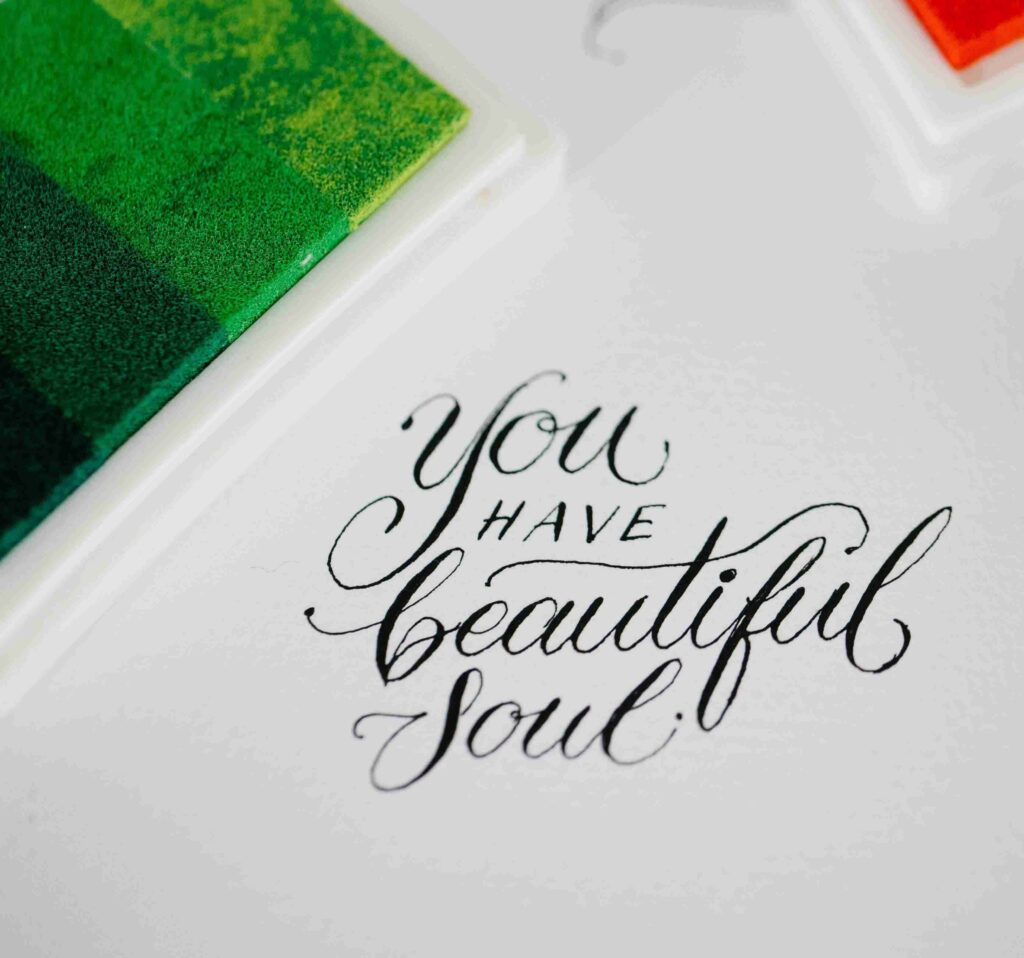Calligraphy Alphabet: Understanding the Art of Beautiful Letters
Calligraphy alphabets form the foundation of this beautiful art, allowing artists to create stunning lettering styles that evoke elegance and sophistication. Whether you are a beginner or an experienced calligrapher, understanding calligraphy alphabets is essential for mastering the craft.
What is a Calligraphy Alphabet?
A calligraphy alphabet is a collection of stylized letters, carefully designed with varying strokes and artistic flair. It serves as the basis for creating elegant and expressive handwritten compositions. Each alphabet follows a unique structure, influenced by cultural and historical elements.

History of Calligraphy Alphabets
Calligraphy alphabets have evolved over centuries, influenced by different cultures:
- Ancient Scripts: Egyptian hieroglyphics and Chinese brush strokes laid the foundation.
- Medieval Latin Scripts: Gothic and Carolingian scripts dominated European manuscripts.
- Islamic Calligraphy: Arabic calligraphy introduced flowing curves and geometric precision.
- Modern Revival: Contemporary calligraphers blend traditional and digital elements to create innovative alphabets.
Popular Calligraphy Alphabets
1. Gothic Alphabet
- Known for its dramatic, angular strokes.
- Commonly used in medieval manuscripts and decorative texts.
2. Copperplate Alphabet
- Features elegant, flowing script with thick and thin strokes.
- Often used for wedding invitations and luxury branding.
3. Italic Alphabet
- A slanted, refined script with a classic appearance.
- Perfect for formal documents and artistic lettering.
4. Modern Calligraphy Alphabets
- A contemporary take on traditional styles.
- Allows for more personal expression and creative freedom.
How to Learn and Master Calligraphy Alphabets
- Choose the Right Tools
- Use high-quality pens, nibs, ink, and smooth paper for better control.
- Practice Basic Strokes
- Master upstrokes, downstrokes, and pressure techniques.
- Study Classic Alphabets
- Learn traditional calligraphy alphabets before experimenting with your own style.
- Use Guidelines
- Maintain consistent letter height and spacing for a balanced look.
- Join a Calligraphy Community
- Engage with other calligraphy enthusiasts and learn from experts.
Applications of Calligraphy Alphabets
- Wedding & Event Stationery: Elegant script adds a touch of sophistication.
- Branding & Logos: Unique calligraphy enhances brand identity.
- Personalized Gifts: Custom handwritten letters and framed quotes.
- Art & Design: Creative lettering for posters and digital art.
Where to Find Inspiration?
Explore our Home Page, browse the latest calligraphy products in our Shop, or visit our Blog for expert tips and tutorials.
Conclusion
Mastering calligraphy alphabets takes practice, patience, and passion. Whether you are drawn to classic Gothic styles or modern freehand scripts, the art of lettering offers endless creative possibilities.
Start your calligraphy journey today and bring beauty to every letter you write!


